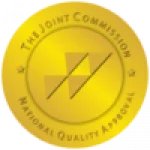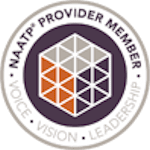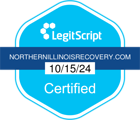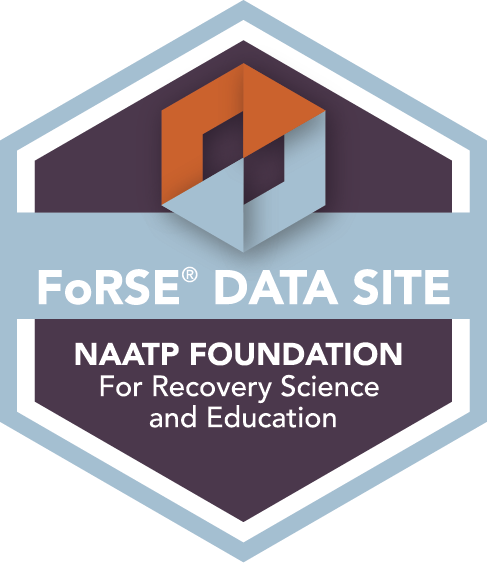Polysubstance abuse happens when a person regularly uses two or more substances at the same time. This can include alcohol, prescription medications, or illegal drugs. People may mix substances to enhance their effects, cope with stress, or manage pain. However, combining multiple substances increases the risk of dangerous side effects, overdose, and long-term health complications.
In 2022, almost 50% of all drug overdose deaths were caused by a mix of different substances. Each year, the U.S. sees over 70,000 drug overdose deaths, with the number rising by approximately 4% annually. When substances interact in the body, they can cause unpredictable reactions, making overdoses more likely. This highlights how common and serious polysubstance abuse is.
We understand how alcohol addiction can impact your overall health, and we’re here to help. By addressing addiction through detox, residential treatment, and outpatient care, you can not only work toward long-term recovery but also take significant steps to protect your kidneys and other vital organs.
At Northern Illinois Recovery Center in Crystal Lake, Illinois, we offer personalized treatment to help individuals safely break free from polysubstance abuse. Our team provides medical support, counseling, and long-term recovery plans to help clients regain control of their lives.
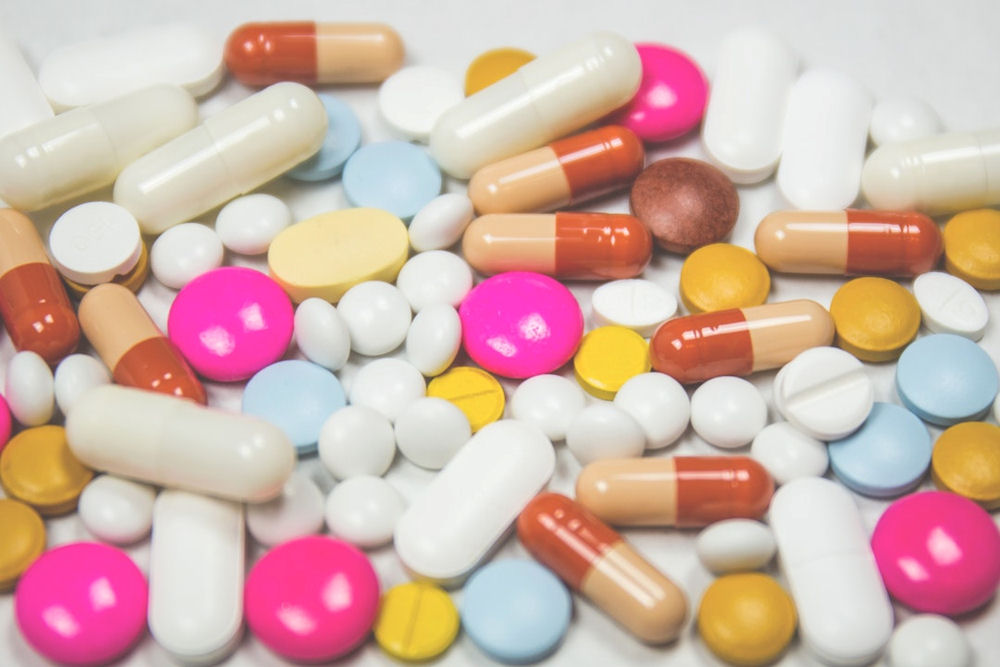
Polysubstance use disorder, previously known as polysubstance abuse, refers to the concurrent or closely timed use of multiple drugs or substances. This behavior can lead to dependency, creating a usage pattern that disrupts daily functioning, adversely affects health, and diminishes overall quality of life.
Combining different substances poses significant safety risks, as the resulting effects on the body can be unpredictable and, in many instances, life-threatening. However, polysubstance use disorder is a treatable mental health issue, and support is accessible for those seeking help. Any mixture of drugs or substances falls under this category; for instance, consuming alcohol alongside cocaine constitutes polysubstance use.
Polysubstance Dependence vs Polysubstance Abuse
Polysubstance dependence happens when the body adapts to multiple substances and needs them to function. If a person stops using, they may experience withdrawal symptoms like nausea, anxiety, or shaking. Dependence can develop even when someone takes prescribed medications as directed. However, it becomes dangerous when people misuse substances to avoid withdrawal or feel normal.
Polysubstance abuse goes beyond physical dependence. It involves a compulsive need to use multiple substances, even when it causes harm. Addiction affects brain chemistry, making it difficult to stop without help. It can lead to severe health problems, job loss, relationship struggles, and financial hardship.
Both dependence and addiction increase the risk of overdose, especially when mixing substances that slow breathing, like opioids and alcohol. Treatment is essential because quitting multiple substances at once can be dangerous. With professional support, recovery is possible, and people can regain control of their lives.
Signs of Polysubstance Abuse
Polysubstance abuse can be hard to recognize because the signs vary depending on the substances used. Many people hide their substance abuse, making it difficult for loved ones to notice. Over time, drug combinations can cause serious health issues and emotional struggles. Recognizing the signs early can help someone get the support they need.
- Frequent Intoxication or Withdrawal Symptoms: A person may often appear drowsy, agitated, or unwell due to mixing substances.
- Increased Tolerance: They may need larger amounts of drugs or alcohol to feel the same effects.
- Mood Swings and Personality Changes: They may become irritable, anxious, or depressed without substances.
- Risky Behavior: Impaired judgment can lead to reckless actions, such as driving under the influence or unsafe relationships.
- Neglecting Responsibilities: Work, school, and personal commitments often take a backseat to substance use.
- Financial Struggles: Spending excessive money on substances can lead to debt or legal trouble.
- Physical Health Problems: Frequent nausea, weight changes, sleep issues, and unexplained injuries may indicate polysubstance abuse.
Causes of Polysubstance Dependence
Polysubstance dependence develops for many reasons, often starting as a way to cope with stress or pain. Some people begin using multiple substances unintentionally, such as mixing prescription medications with alcohol. Over time, the brain and body become reliant on these substances to function. Understanding the causes can help prevent and treat dependence before it worsens.
- Mental Health Struggles: Anxiety, depression, and trauma can push people to self-medicate with multiple substances.
- Chronic Pain or Medical Conditions: Some use a mix of painkillers, alcohol, or other drugs for relief, leading to dependence.
- Social Pressure: Friends, family, or environments where substance use is common can influence unhealthy habits.
- Increased Tolerance: As tolerance builds, people may mix substances to enhance or prolong effects.
- Genetic Factors: A family history of addiction can make someone more vulnerable to polysubstance dependence.
- Early Substance Use: Starting drug or alcohol use at a young age raises the risk of long-term dependence.
- Lack of Coping Skills: Without healthy ways to manage stress or emotions, some turn to multiple substances for escape.
Common Substance Combinations
Many people struggling with substance use mix drugs to enhance their effects or avoid withdrawal. However, combining substances can be extremely dangerous, leading to unpredictable reactions and increased overdose risk. Some combinations are more common because they amplify pleasure, reduce anxiety, or boost energy. Understanding these pairings can help identify signs of polysubstance abuse and prevent serious harm.

- Alcohol: Frequently mixed with other substances, alcohol can dangerously intensify their effects.
- Opioids (Painkillers, Heroin, Fentanyl): Often combined with depressants, opioids slow breathing and increase the risk of overdose.
- Benzodiazepines (Xanax, Valium, Ativan): Used for anxiety, they become life-threatening when mixed with other depressants or alcohol.
- Stimulants (Cocaine, Methamphetamine, ADHD Medications): People mix stimulants with depressants to balance effects, but this strains the heart and nervous system.
- Marijuana: Sometimes combined with alcohol or other drugs, marijuana can heighten sedation or paranoia.
- Alcohol and Opioids: Both depress breathing, increasing the risk of fatal overdose.
- Alcohol and Benzodiazepines: This combination intensifies sedation, leading to blackouts, respiratory failure, or coma.
- Stimulants and Alcohol: Stimulants mask alcohol’s effects, making people drink more and raising the risk of poisoning.
- Opioids and Benzodiazepines: This pairing is extremely dangerous, as it can slow breathing to the point of death.
- Cocaine and Heroin (“Speedball”): The mix of a stimulant and a depressant strains the heart and increases the risk of sudden death.
Why Do People Abuse Multiple Drugs?
People use multiple substances for many reasons, often without realizing the dangers. Some mix drugs to enhance a high or reduce side effects, believing it makes them feel better. Others combine substances to cope with stress, trauma, or mental health struggles. Unfortunately, this pattern of use quickly leads to dependence and serious health risks.
Some individuals start polysubstance abuse by accident, such as mixing prescribed medications with alcohol. Others develop it over time, chasing stronger effects as their tolerance increases. Social pressure, availability of drugs, and a lack of healthier coping strategies also play a role. No matter the reason, polysubstance abuse is dangerous and requires professional support for recovery.
Dangers Associated with Polysubstance Misuse
Mixing drugs can have unpredictable effects on the body and brain. Different substances interact in ways that increase health risks, including heart problems, breathing issues, and organ damage. Long-term use can also lead to mental health struggles, memory loss, and trouble managing emotions. When multiple drugs are involved, the risk of addiction and overdose is much higher.
Over the past year, 20.4 million adults in the U.S. (7.9%) experienced both a mental health condition and a substance use disorder. Many people struggling with polysubstance abuse also face depression, anxiety, or PTSD, which can make recovery more difficult.
Polysubstance overdose happens when the body cannot handle the combined effects of multiple drugs. Symptoms can include extreme drowsiness, confusion, slow breathing, and unconsciousness. Because different drugs affect the body in unique ways, overdose signs may be harder to recognize. Emergency medical help is critical in these situations, as overdose from mixed substances can be fatal.

Who Is at Risk for Polysubstance Abuse?
Polysubstance abuse can affect anyone, but certain factors increase the risk. Individuals with mental health conditions like depression or anxiety may use multiple substances to cope. Those with a family history of addiction are more vulnerable due to genetic influences. Additionally, people exposed to environments where drug use is common may be at higher risk. In 2023, about 7.5 million Americans (2.7% of those 12 and older) faced both alcohol and drug use disorders at the same time. Recognizing these risks is crucial for prevention and early intervention.
Treatment for Polysubstance Use Disorder
At Northern Illinois Recovery Center (NIRC), we understand the complexities of polysubstance abuse. Our compassionate team offers comprehensive treatment tailored to each individual’s needs. We provide a supportive environment where clients can safely begin their recovery journey. Our evidence-based treatment programs address both substance use and underlying mental health conditions.
- Detoxification: We offer medically supervised detox to help clients safely withdraw from substances.
- Residential Treatment: Our inpatient program provides structured care and therapy in a healing environment.
- Partial Hospitalization Program (PHP): PHP offers intensive treatment during the day while allowing clients to return home at night.
- Intensive Outpatient Program (IOP): IOP provides flexible treatment options, allowing clients to maintain daily responsibilities.
- Outpatient Services: We offer ongoing support and therapy to help clients transition back into their communities.
- Sober Living: Our sober living homes provide a safe, supportive environment for clients in early recovery.
At NIRC, we are committed to helping individuals overcome polysubstance abuse and build healthier futures.
Overcome Substance Abuse at NIRC
Taking the first step toward recovery can be challenging, but you don’t have to face it alone. At Northern Illinois Recovery Center, we offer personalized treatment plans to address your unique needs. Our dedicated team provides compassionate care, guiding you through every stage of recovery. We believe in your ability to heal and are here to support you.
If you or a loved one is struggling with polysubstance abuse, reach out to us today. Together, we can work toward a healthier, substance-free life. Contact us today to begin your journey to recovery.

